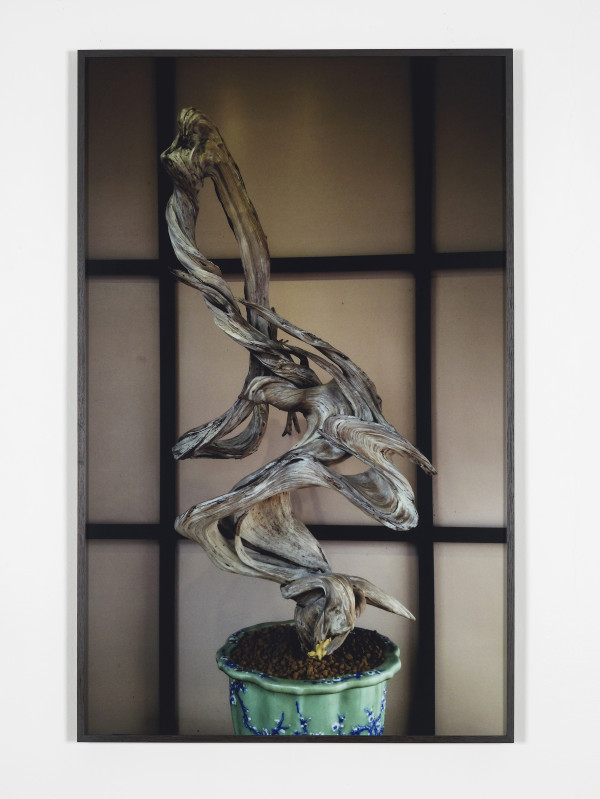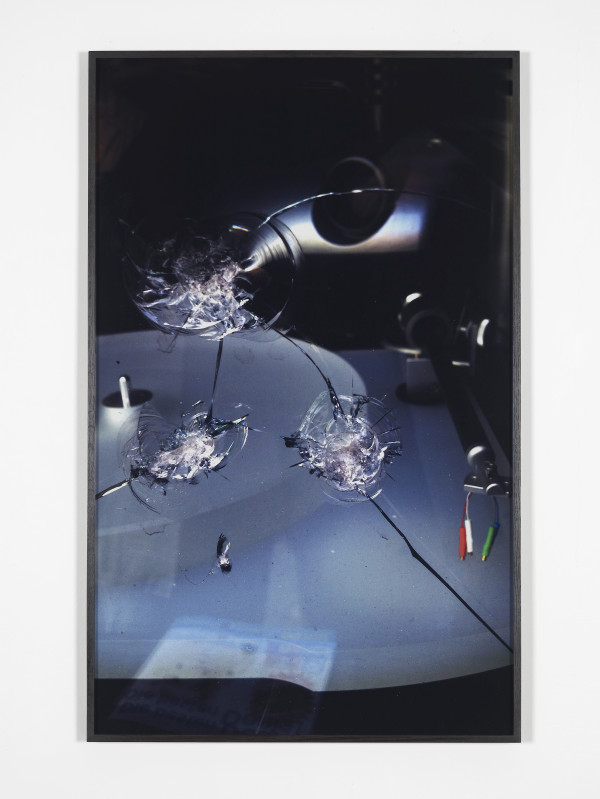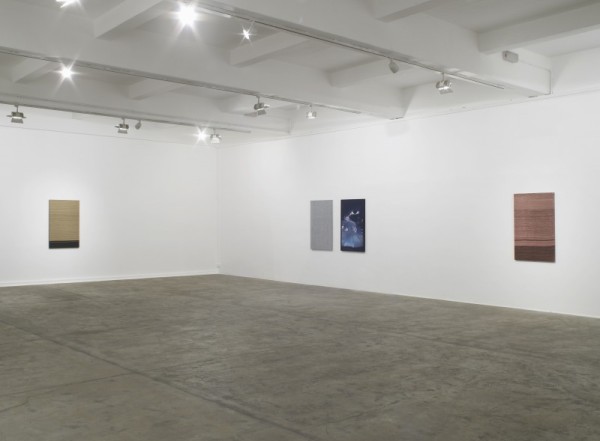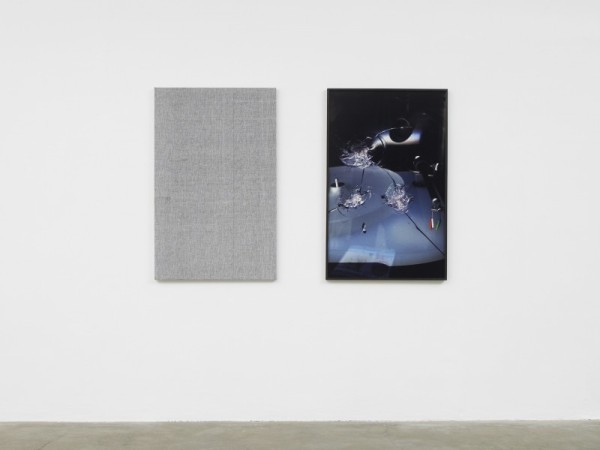Nick Relph
Sunday, 10 November 2013
Work from Tomorrow There Is No Recording.
“Tomorrow There Is No Recording examines handicraft, materials and ideas of value. Using a four-harness floor loom, Relph has fabricated a series of weaves using materials including polyester, rayon, silk, monofilament, latex and paper. The weaves are presented at Chisenhale as part of a specially conceived installation.
Relph’s interest in handmade, woven textiles stems from an appreciation of the labour involved in their production, in addition to the particular formal and material resonance of these constructed fabrics within our digitally-oriented culture. Woven surfaces can be read as images, whilst also retaining the information of their making – mistakes and irregularities or impressions from the loom – and the signs of wear that emerge over time and through use. This preoccupation with the relationship between image and surface emerges from Relph’s previous film and video work. He has said: ‘I can’t think about moving image now without thinking about the surface upon which it’s being viewed’.
Relph first began to explore his interest in the material and social effects of textiles through moving image. Thre Stryppis Quhite Upon ane Blak Field (2010) – presented at the Venice Biennial 2011 and currently on display at Tate St Ives – connects the meandering history of tartan with the Japanese fashion label Comme des Garçons and the artist Ellsworth Kelly. Here, Relph employs a trilogy of colour – red, blue and green – as a visual motif and conceptual device to weave associations between subject matter in the film. The history of colour reproduction, manufacture and consumption are further explored through the presentation of the film as a composite RGB projection, which recalls the mechanical print processes used in the textile industry.
Relph’s contemporary methodology of accumulating, cutting and pasting, and manipulating research material, as a source of both information and inspiration, is juxtaposed with materials and processes that are idiosyncratic and often homespun. The links Relph makes are tentative, suggesting something elliptical at play in the manufacture and circulation of goods, and, in turn, influencing our subjective attachment to them.




